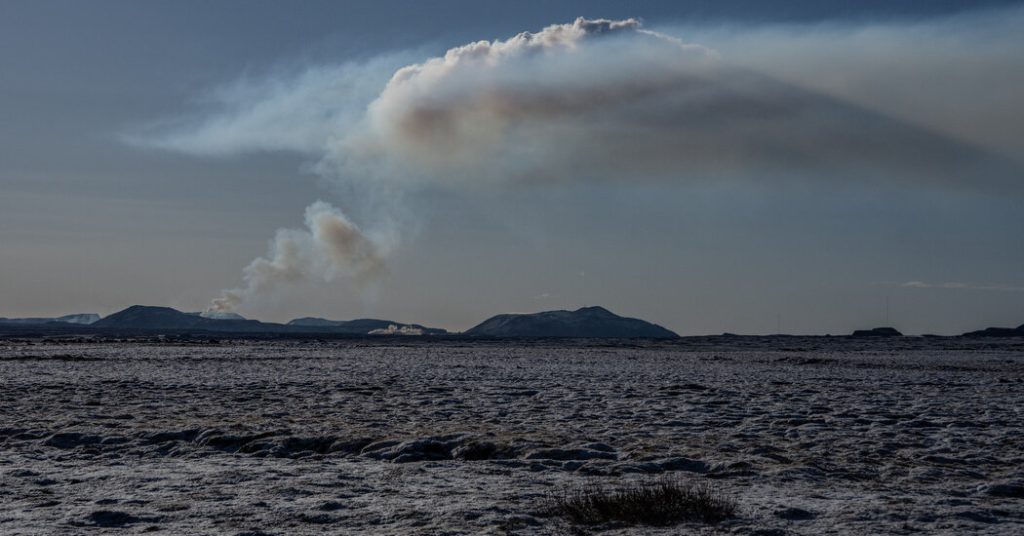In the Reykjanes Peninsula in southern Iceland, a series of volcanic eruptions began in December after a period of seismic activity. The eruptions have sent rivers of lava flowing into a residential neighborhood in Grindavik, a fishing town of over 3,500 people located about 30 miles southwest of Reykjavik. The eruptions have also caused the nearby Blue Lagoon, a popular geothermal spa, to be largely closed since November. Icelandair has reported a negative impact on bookings due to the threat of the eruptions, with a decrease in the number of passengers flying to Iceland.
Despite the disruptions caused by the eruptions, life in the rest of Iceland continues as normal. The Icelandic Meteorological Office has stated that the situation has been “steady” this week, with lava continuing to flow from three craters toward Grindavik. However, the high levels of sulfur dioxide in the air from the eruptions pose a risk to people’s health, causing respiratory symptoms for those exposed. The Blue Lagoon, which first closed its doors in November after thousands of earthquakes hit the region, has been closed for more than 85 days since then, with intermittent closures due to the eruptions.
Lava from the eruptions has damaged several houses in Grindavik as it breached a defense wall meant to divert it away from the town. The streets around the town have been affected by earthquakes, causing cracks that have been filled with gravel. Authorities have warned visitors to stay away from the eruption site as the edges of the new lava field are unstable, with large chunks of lava potentially falling suddenly. Despite these dangers, the volcanic eruptions continue, posing ongoing challenges for the affected area.
The Reykjanes Peninsula in Iceland, known for its geological wonders and abundant lighthouses, has experienced a unique and potentially dangerous natural event with the series of volcano eruptions. While the eruptions have disrupted the tourism operations of Iceland, the country is continuing to cope with the situation and address the challenges posed by the ongoing volcanic activity. With the eruptions continuing and lava flowing toward Grindavik, the area remains at risk, and precautions are being taken to ensure the safety of residents and visitors alike.
The Icelandic Meteorological Office, the country’s weather service, is closely monitoring the volcanic activity and its impact on the region. The high levels of gas pollution from the eruptions are a significant concern, with warnings issued to the public about the risks to respiratory health. The Blue Lagoon, a popular spa and hotel complex in Grindavik, has been regularly closed due to the eruptions, reflecting the ongoing challenges faced by businesses and residents in the affected area. As the eruptions persist, efforts are being made to manage the situation and mitigate the impact on the local community.
In the face of the volcanic eruptions in the Reykjanes Peninsula, the resilience and adaptability of the people of Iceland are once again being tested. The disruptions caused by the eruptions have highlighted the fragility of the natural environment and the need for preparedness in the face of such events. While the eruptions have created a dramatic and dangerous spectacle, they have also brought to the forefront the importance of monitoring and responding proactively to volcanic activity to minimize the risks to human life and infrastructure. As Iceland continues to navigate the challenges posed by the ongoing eruptions, the country’s ability to adapt and recover will be crucial in ensuring the safety and well-being of its residents and visitors.


